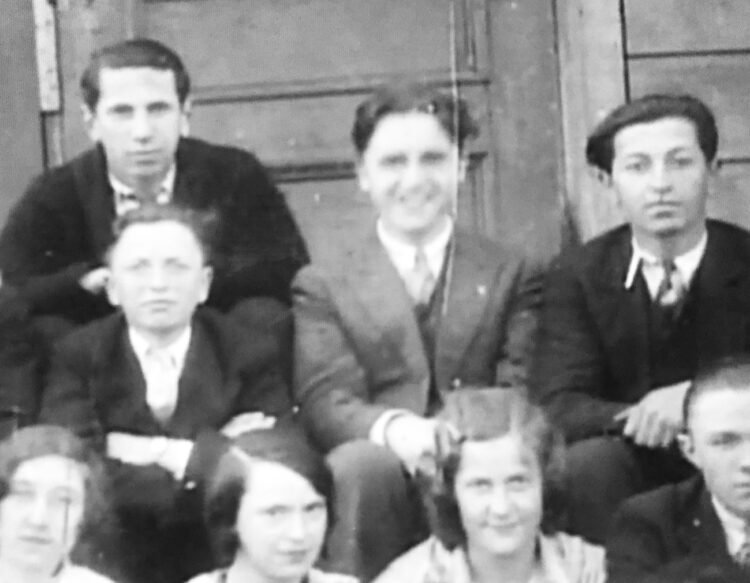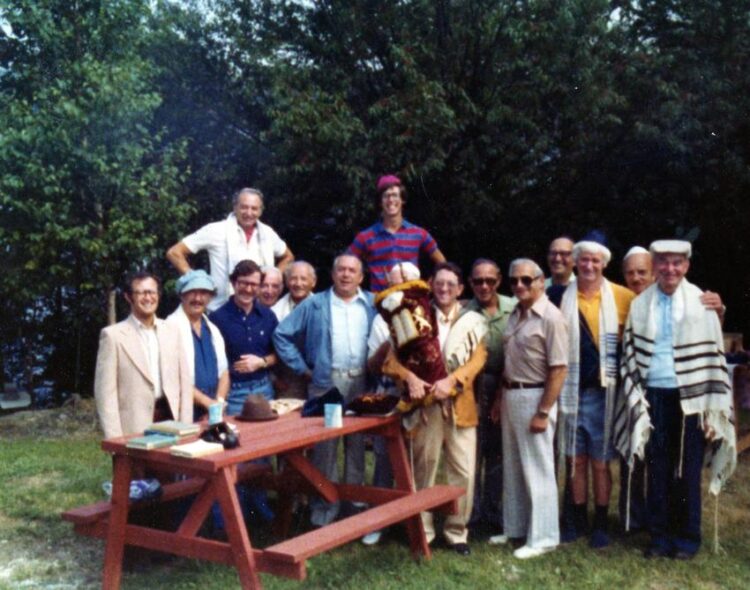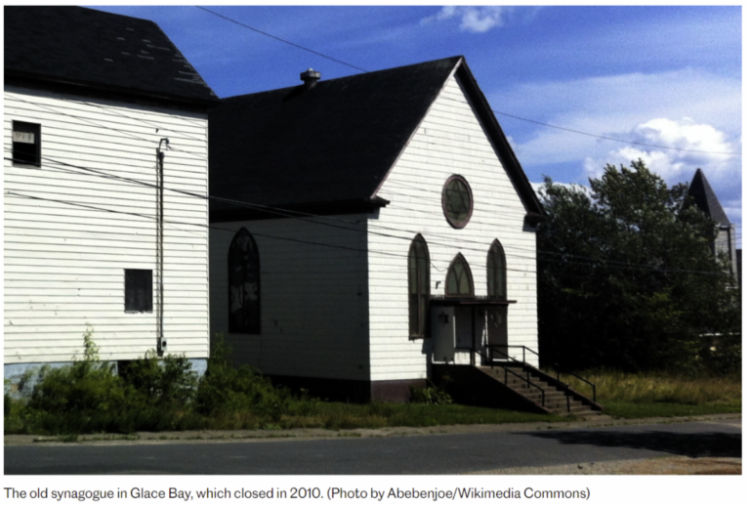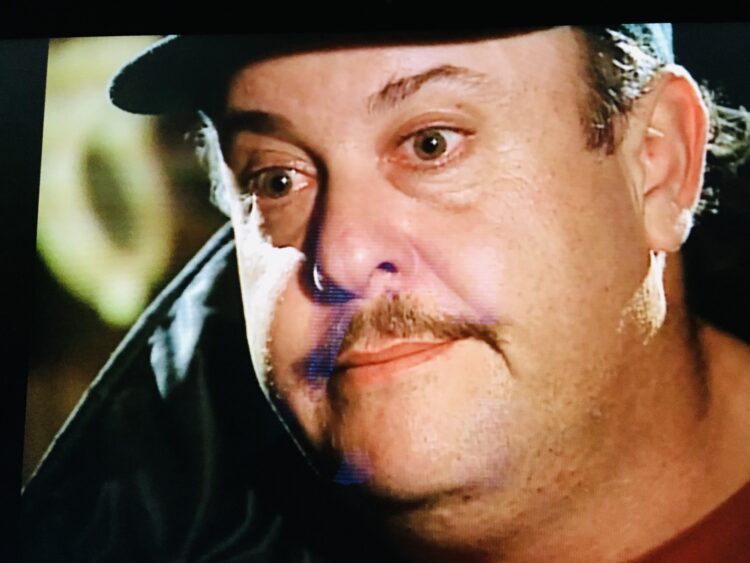Small Jewish communities in Canada are rarities these days. Since the 1950s and 1960s, they have been disappearing as elders have died and children and grandchildren have moved to big cities like Montreal, Toronto, Winnipeg and Vancouver.
A documentary by Sonya Jampolsky and Michael MacDonald, Minyan on the Mira: The Jewish People of Glace Bay, illustrates this phenomenon.
Currently being screened online by the Toronto Jewish Film Foundation, this spare film focuses on the dwindling community of Glace Bay, Nova Scotia. Once a thriving Cape Breton Island town, it fell into a long decline as its coal mines were shuttered and its fishing industry went belly-up.

Jews from Eastern Europe began arriving in Glace Bay at the end of the 19th century, when Canada was wide open to new immigrants. By the 1940s, several hundred Jews lived in the town, having established themselves as merchants and professionals. When Jampolsky and MacDonald arrived in the late 1990s to take stock of the community, it was a pale imitation of its former self.
Membership at its last remaining synagogue, Temple Sons of Israel, was down to 20, and only 10 “regulars” normally showed up for services. If one congregant took ill, a minyan could not be formed. Essentially, Glace Bay was a one-generation or two-generation community that was eroded by the imperatives of demography.

As the film opens, an unidentified Jewish man stands on the shore of the fast-flowing Mira River and says earnestly, “We were loyal to the synagogue, Torah and our traditions.”
The copy of the film I watched inexplicably leaves out the identities of the people in it. Which means, regrettably, that members of the community who offer comments cannot be identified.
What kept the community together all these years was a sense of history and purpose, a young man says.
The custodian of the Jewish cemetery, the son of a prosperous merchant, is pessimistic. “You’d have to go to the cemetery to raise a minyan,” he says sardonically. “We had a big congregation. Now we’re down to the bare bones.”
Problems raising a minyan would not have arisen if women were part of the equation. Since this is a predominately Orthodox community, only men can be included in a minyan.
A sympathetic priest who has watched the inexorable decline of the community says it is struggling to remain alive. “There’s something sad happening here,” he laments, noting it has neither a rabbi nor a cantor.

“Unless something drastic happens, the shul will close in five years,” predicts the owner of Ein’s, a men’s wear shop.
He was right. The synagogue closed in 2010.
Another man describes the future as “bleak.” If the community is not reinforced with fresh blood, it will not endure.
A woman blames herself and her fellow Jews for the dire situation. “We raised our children to move away basically,” she admits, pointing out that Cape Breton’s biggest export is “brains.”
The priest understands where she’s coming from. “If I were Jewish, I’d send my son to Montreal,” he says. He implies that Jewish parents have been sending their children to out-of-town universities to acquire not only a good education, but a Jewish spouse.
A middle-aged Jewish man who never thought of leaving Glace Bay married a Christian. “My parents and my family accepted it,” she says in a reference to his intermarriage. He intends to live here until he dies.

Strangely enough, Minyan on the Mira does not delve into the community’s history. Certainly, the film would have been far more substantive and interesting had it had given viewers a sense of its development over the decades.
The absence of such vital information leaves a gaping hole in its structure. What we’re left with is an elegy of a dying community.
